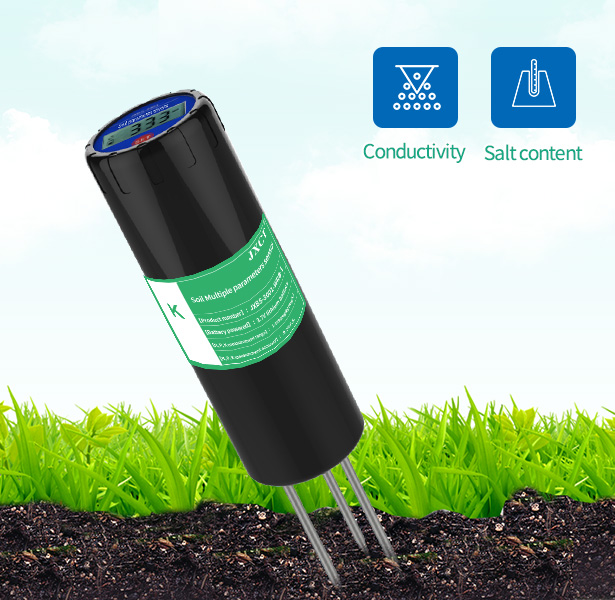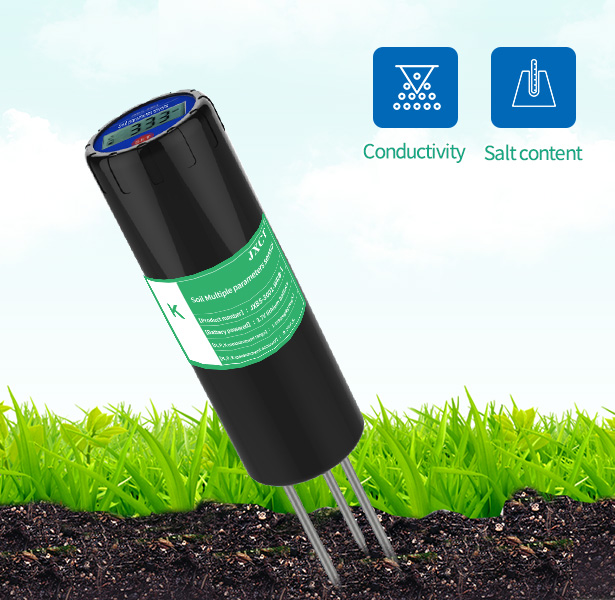Understanding soil moisture and nutrient levels is essential for efficient irrigation and nutrient management in agriculture. In the past, farmers relied on manual methods or laboratory testing to assess these parameters, which were time-consuming and often provided delayed results. However, advanced soil sensor systems have revolutionized the way we monitor soil conditions by providing real-time data on soil moisture and nutrient levels. In this article, we will explore the benefits of using advanced soil sensor systems to assess soil moisture and nutrient levels and how they contribute to optimizing agricultural practices.
Real-Time Soil Moisture Monitoring:
Advanced soil sensor systems offer real-time monitoring of soil moisture levels. These sensors can be installed at various depths within the soil profile, providing insights into soil moisture distribution and dynamics. With continuous monitoring, farmers can accurately determine when and how much water to apply, optimizing irrigation scheduling. By avoiding under- or over-irrigation, farmers can conserve water resources, prevent water stress or waterlogging in plants, and maximize crop yields.

Precision Irrigation Management:
Advanced soil sensor systems enable precision irrigation management by providing precise information about soil moisture content. By combining the data from these sensors with weather forecasts and crop water requirements, farmers can make informed decisions on when and how much water to apply. This precision irrigation management approach minimizes water waste, enhances water-use efficiency, and ensures that crops receive the right amount of water at the right time, improving overall crop health and productivity.
Nutrient Monitoring and Optimization:
In addition to soil moisture, advanced soil sensor systems can measure key nutrients in the soil, such as nitrogen, phosphorus, potassium, and micronutrients. These sensors provide real-time data on nutrient levels, allowing farmers to assess soil fertility and tailor their fertilizer application accordingly. By continuously monitoring nutrient levels, farmers can optimize nutrient management, adjust fertilization rates, and avoid over- or under-application. This precision in nutrient management promotes healthy plant growth, reduces nutrient runoff, and minimizes environmental impacts.
Site-Specific Nutrient Management:
Advanced soil sensor systems offer site-specific nutrient management capabilities. By collecting data on soil nutrient levels at different locations within a field, farmers can identify areas with nutrient deficiencies or excesses. This information allows them to implement variable rate fertilizer application, precisely delivering nutrients where they are most needed. Site-specific nutrient management optimizes fertilizer use, reduces input costs, and minimizes environmental risks associated with nutrient losses.
Improved Decision-Making with Data Analytics:
Advanced soil sensor systems often come with advanced data analytics capabilities. By analyzing the real-time data collected by these sensors, farmers can gain insights into long-term soil moisture trends, nutrient cycles, and soil health indicators. Data analytics tools help identify patterns, make data-driven decisions, and adjust management practices accordingly. Through the integration of sensor data and data analytics, farmers can optimize irrigation and nutrient management strategies, improving efficiency, productivity, and sustainability.
Integration with Farm Management Systems:
Advanced soil sensor systems can be seamlessly integrated with farm management systems, creating a comprehensive platform for precision agriculture. By integrating soil sensor data with other data sources, such as weather information, crop models, and historical yield data, farmers can develop customized management plans tailored to specific field conditions. This integration enables enhanced decision-making, proactive problem-solving, and effective resource allocation.
Conclusion:
Assessing soil moisture and nutrient levels is crucial for optimizing agricultural practices and ensuring sustainable crop production. Advanced soil sensor systems provide real-time data on soil moisture and nutrient levels, enabling farmers to make informed decisions on irrigation and nutrient management. Precision irrigation and site-specific nutrient management help conserve water resources, optimize fertilizer use, and maximize crop yields. The integration of advanced soil sensor systems with data analytics and farm management systems enhances decision-making capabilities, improves resource efficiency, and promotes environmental sustainability. By harnessing the power of advanced soil sensor systems, farmers can optimize their agricultural practices, reduce costs, and contribute to a more sustainable future.






